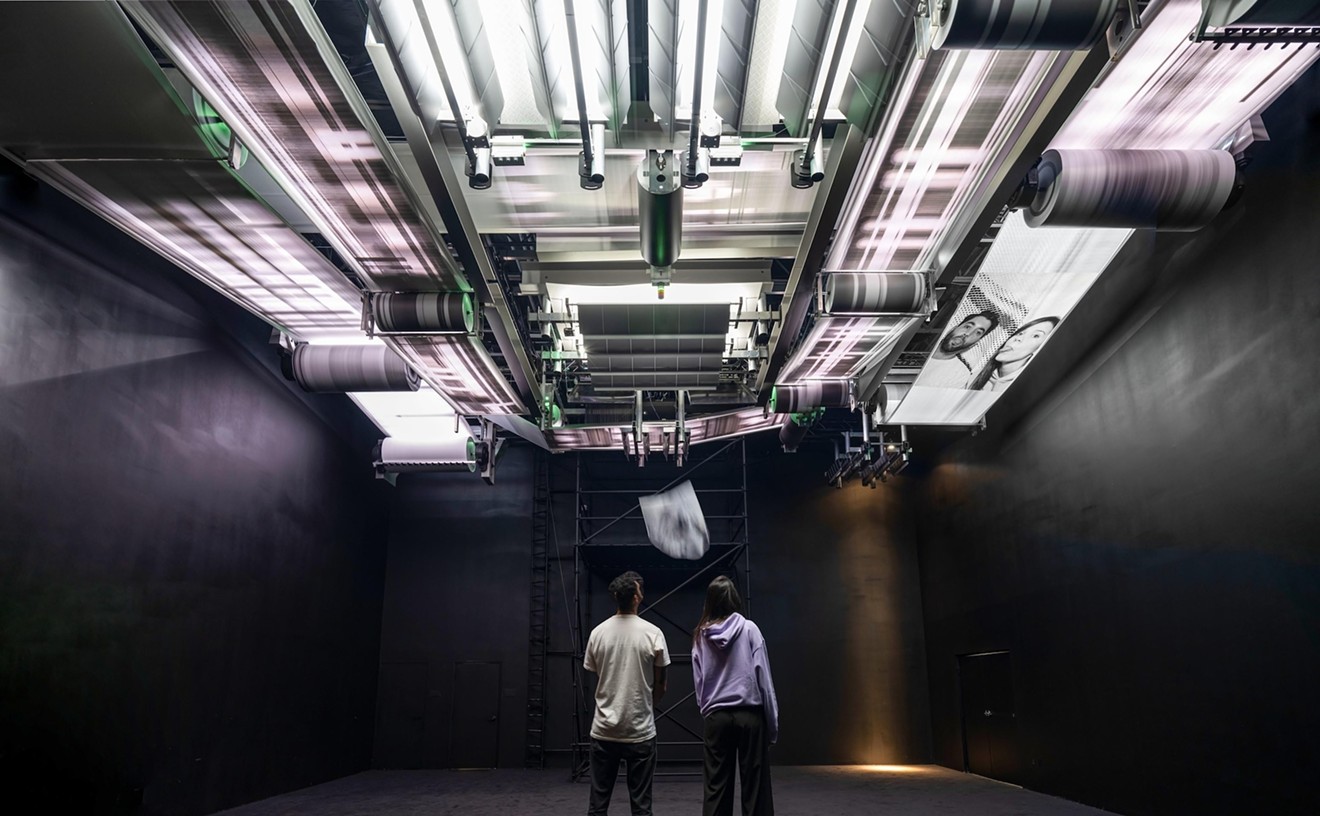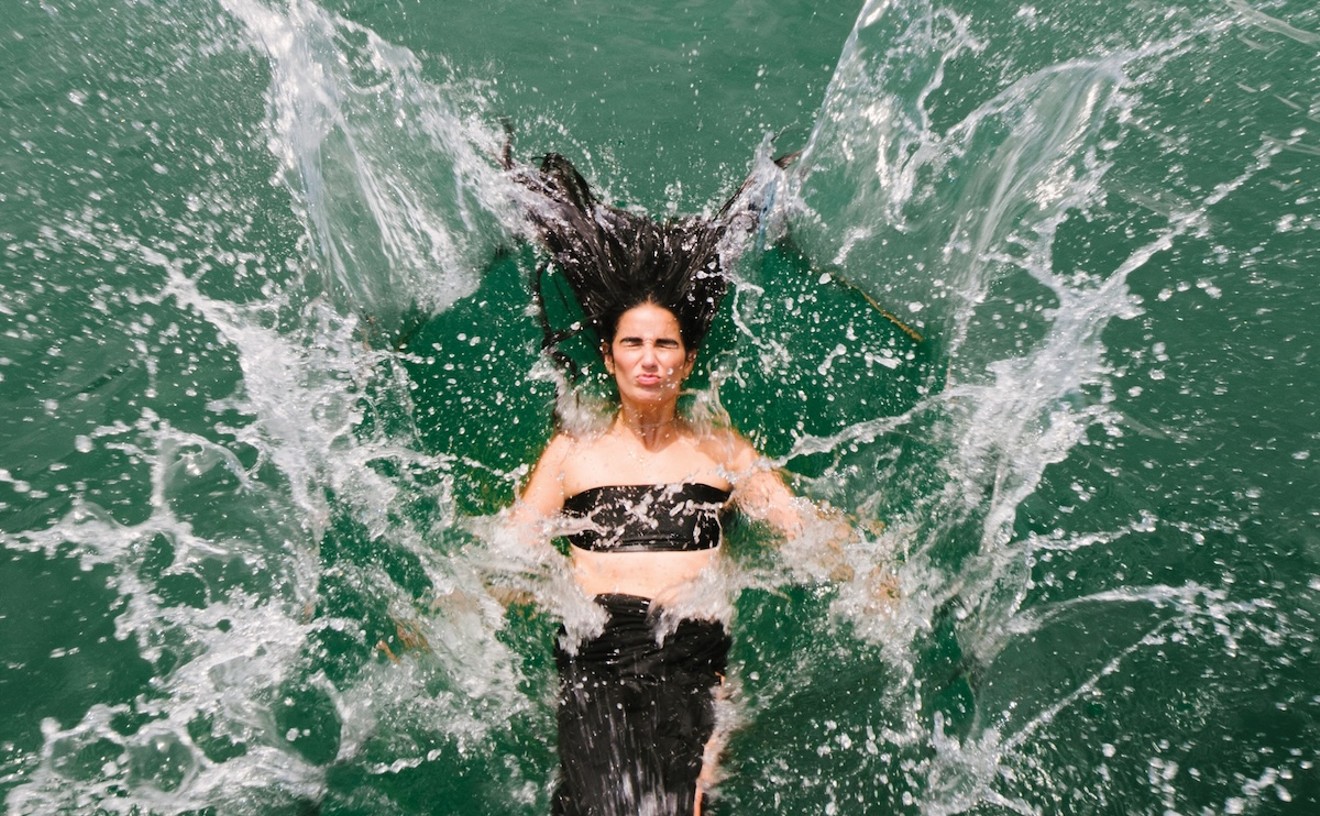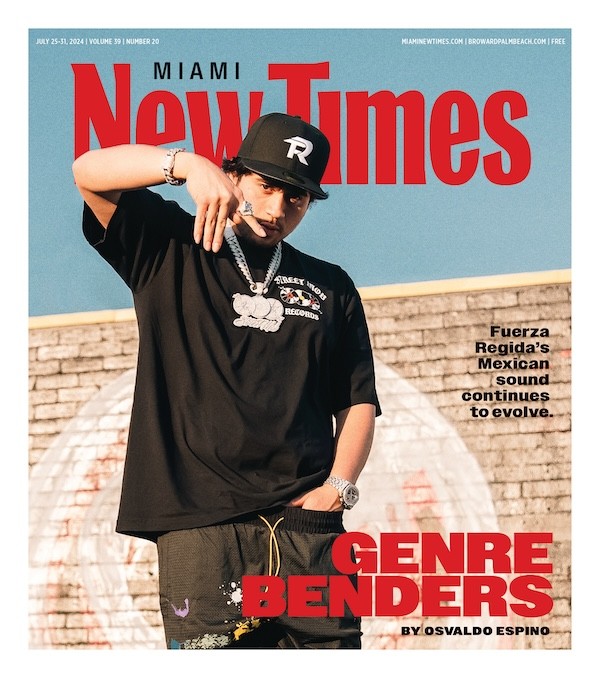Wendy
It's hard to settle on what the most grating element of Benh Zeitlin's Wendy is. One could easily cite the abundance of handheld close-ups, which are begging to be praised for their intimacy and immediacy, as the movie's worst feature. Others — like the audience members who audibly asked "Is it supposed to look like that?" — may suggest that it's the noise-riddled, underlit night scenes that make terrible use of 16mm stock for its photography. Maybe it's the music that overwhelms the film throughout its running time, which seems to be attempting to wring emotion out of the same sort of montages of kids frolicking that commercials use with saccharine voiceovers to peddle their products (An aesthetic choice that will inevitably, and wrongly, be called "Malickian").The cynical ads it resembles are ultimately what Wendy ends up feeling like: an overlong two-hour commercial that loses any sense of fantasy that a narrative adapted from J.M. Barrie's Peter Pan stories should possess. Like many re-imaginings of classic tales, Wendy writers Benh and Eliza Zeitlin bring in contemporary notions of grit and realism to the forefront while making empty overtures to the tradition of magical realism. Sure, there is a mythical island creature called "mother" — which is often disappointingly hidden by murky water photography as if to hide any flaws that the beautifully designed bio-luminescent being might have — and an island where kids who arrive via phantom train never age. But the script takes more time making vapid proclamations about aging than it does indulging in the fantastic elements or gorgeous landscape that's ripe for cinematic magic.
What few charms Devin France's Wendy and Yashua Mack's Peter Pan bring to the film are undercut by the lackluster dialogue they're forced to deliver. These empty platitudes replace any real attempt at character development and are paired with mixed metaphors about climate change and questionable racial politics. All of this adds up to yet another exhausting experience from Zeitlin after the equally frustrating Beasts of the Southern Wild. One can only hope people will see through his facade this time. Wendy screens 10 p.m. Friday, February 7, at the Tower Theatre. It also opens in theaters everywhere February 28. — Juan Antonio Barquin
Inglan my Inglan: United Kingdom Shorts
The short films of Inglan my Inglan can be described in one word: cerebral. Centered on the experiences of the black and Caribbean diaspora in the United Kingdom, this program pushes the boundaries of traditional film form to interrogate notions of blackness.Director Rhea Storr explores the Leeds West Indian Carnival as a form of black protest in A Protest, a Celebration, a Mixed Message. The narrator ponders her own mixed heritage and wonders if she is deemed black enough. Even more intriguing are her feelings of isolation due to the fact that she lives in the countryside. If protest means gathering together to be seen and heard, then how do rural folks protest? Are they rendered invisible? Through the use of archival Carnival photographs and costumes, Storr explores the history of West Indian resistance and white British spectatorship. She disrupts prevailing narratives by juxtaposing the traditional Carnival costume with the rolling, green wilderness of the British countryside.
Exploring similar themes of physical isolation, Early Years traces the migration of a mixed family from Jamaica to England through the eyes of “artistic polymath” Barbara Samuels. Arriving in Britain as a child, Samuels grapples with her difference in a predominantly white, British world that refuses to understand her black Jamaican mother and her white British father’s relationship. Sadly, the toll that the outside world wreaks on this family never fully heals. Samuels grapples with her family’s otherness and how it came to define and eventually dismantle them bit by bit. Inglan my Inglan: United Kingdom Shorts screens 6 p.m. Saturday, February 8, at the Little Haiti Cultural Complex. — April Dobbins
Republics Reimagined
For those seeking a shorts program rooted in the radical black imagination, Republics Reimagined is it. With a focus on Canadian-Haitian filmmaker Miryam Charles’ explorations of Haiti through an avant-garde aesthetic, Republics pushes real and imagined boundaries.Charles constructs a visual language reminiscent of Chris Marker’s seminal short La Jetée, only Charles trains her lens on a Haiti in a manner that undulates and transforms through her supernatural tales. While Charles’ cinematic visions are enchanting, the full program may be overwhelming for viewers more comfortable with traditional narrative form.
In Vole, Vole Tristesse (Fly, Fly Sadness) a mysterious explosion renders all of an island’s inhabitants voiceless. Once their voices return, they all have the same voice — that of a woman. This development wreaks havoc and confusion. Police officers are no longer taken seriously. Politicians fear they are laughing stocks. Once inhabitants leave the island, they find that they are mute again. A disembodied French voice narrates over unrelated images: brown hands sharpening a pencil, goats grazing in the woods, scenic Haitian landscapes and cityscapes. The people believe that a hermit living in the hills has the power to heal them, but will that day ever come? Charles’ voiceless dystopia echoes the damaging effects of French colonialism.
As Charles reimagines Haiti, Garrett Bradley reframes the United States in her filmic meditation America, which was inspired by the story of Lime Kiln Club Field Day — the earliest surviving feature-length, all-black film. Abandoned by its producers and stored in unlabeled film cans, Lime Kiln was lost for decades. The rediscovery of this footage led Bradley to contemplate the black American archive. How much of black history had been lost and unlabeled, languishing in the dark basements and neglected corners?
America is Bradley’s attempt at building the black archive of her dreams. Incorporating original Lime Kiln footage with reenacted moments that represent black history milestones between 1915 and 1926, Bradley describes America as twelve short films rolled into one. Indeed, the finished film feels like twelve beautifully choreographed movements. It pulsates black love, rebirth, joy, and struggle. Noting that she shot on 35mm film because the medium has the longest lifespan, Bradley uses her trademark monochrome to construct a narrative that she hopes will survive for centuries to come. Republics Reimagined screens 1:30 p.m. Saturday, February 8, at the Little Haiti Cultural Complex. — April Dobbins
Zombi Child
Bertrand Bonello’s Zombi Child opens with a quote by Haitian poet and activist, René Depestre: “Listen, white world, the salvos of our dead. Listen to my zombi voice in honor of our dead.” From here, he splits the world of the film into two; not of the living and the dead, as those exist in constant flux, but of Haiti and France, of colonizer and colonized.Bonello juxtaposes the Haiti of 1962 and the Paris of today, connected by centuries of history and exploitation, to tell two stories. The former tells the tale of a man (Mackenson Bijou) who is turned into a zombi for the sake of slave labor in the sugar cane fields, while the latter explores Mélissa (Wislanda Louimat) and Fanny (Louise Labeque), two young women floating through school and life while trying to find some type of fulfillment.
The ongoings of teen girls may not initially present themselves as appropriate for contrasting against the history of French colonization, but Mélissa is a young black woman in a sea of white faces (the kind that comfortably sing along to rap songs despite never having experienced a word of the truths reflected in them). Bonello initially presents this friendship as something innocuous, a mutually beneficial relationship built on shared interests that captures the mundanity of school life. But, not entirely unlike the Stephen King novels both girls adore, darkness lingers beneath the surface of this relationship.
Zombi Child fascinatingly explores what lengths those with privilege will go to in order to achieve their goals. In other words: white happiness, or even white passivity, coming at the expense of black lives and bodies. The presentation of certain voudou practices, which themselves have a storied and ultimately negative history in their cinematic presentation, could be considered problematic, but it’s more thoughtful than its detractors might note. The rituals in Haiti are presented through an almost documentary-style lens, respectfully engaging with the culture from a distance while being increasingly critical of those who seek to misrepresent it.
It’s a film that isn’t reliant on horror tropes, and when the film does engage with them (including one particularly riveting scene featuring the loa Baron Samedi) it does so fully cognizant of the accompanying baggage such tricks bring. Even as it mixes the mystical and the so-called "real," Zombi Child fits neatly in with the rest of Bonello’s oeuvre and is unashamed of exploring distinctly political narratives (from the exploitation of women in Parisian bordellos to a group of teens planning a terrorist attack) while being critical of the actions of his characters (and, ultimately, of France itself). Zombi Child screens 5:30 p.m. Sunday, February 9, at the Little Haiti Cultural Complex. It also opens locally at Cosford Cinema and O Cinema South Beach on February 28. — Juan Antonio Barquin
We Out Here: Shorts
We Out Here: Shorts showcases a roster of all-women filmmakers and represents some of the festival’s stronger short selections.The documentary Yves & Variation invites viewers into the life of Yves Deshommes, a Manhattan concierge who spends his shifts practicing classical violin in a lobby. The stately opening shots reveal Yves, clad in a suit and manning the front desk. The camera centers him in such a way that evokes a stylized narrative film. Yves spends most of his workday in this transitional space — literally situated between doors — yet he manages to root himself here by making use of the perfect acoustics. Surrounded by mirrors, glass, and marble façades, he seamlessly pivots from strumming Bach on violin to speaking Spanish or Haitian Creole or English.
Once Yves leaves work, his layers are skillfully revealed: he's a multi-lingual art collector, loving father, and dedicated philanthropist. Yves spends his spare time curating art shows and fundraising to build a school in his native Haiti. His life is split between his home in bustling New York and a peaceful, coastal Haitian town. Here, Haiti is shown through the eyes of artists and people who love and know it best. There are sublime moments of beauty and connection such as the pristine Haitian countryside as Yves approaches by boat and a long, moving embrace between two black men, an intimacy we rarely see on screen.
Complexity allows Yves to shine but proves a burden in Raine Allen-Miller’s Jerk. A meditation on depression and the failed immigrant dream in Great Britain, Winston (Count Prince Miller) lives in a house that resembles a tomb. Allen-Miller’s direction deftly evokes claustrophobic dread and hopelessness. Winston slowly assembles his façade, and once he musters the energy to open his door to the world, he becomes exactly what the outside expects from their elderly Jamaican shop owner. Jerk echoes themes from Paul Laurence Dunbar’s famous poem We Wear the Mask: "We wear the mask that grins and lies,/It hides our cheeks and shades our eyes…" Winston has mastered the art of outward-facing black joy, but at what cost?
The remaining selections in this block engage themes surrounding absence and loss. The most resonant moments are quiet intimacies — shared doubles on school steps in Trinidad, an aging grandmother’s piano solo in New York, a little boy’s bare toes resting on the abandoned sneaker of a lost loved one. We Out Here: Shorts screens 3:30 p.m. Sunday, February 9, at the Little Haiti Cultural Complex. — April Dobbins
Third Horizon Film Festival. Thursday, February 6, through Sunday, February 9, at Little Haiti Cultural Complex, 212 NE 59th Ter., Miami; 305-960-2969. For info on films, events, and ticket prices, visit thirdhorizonfilmfestival.com.


















